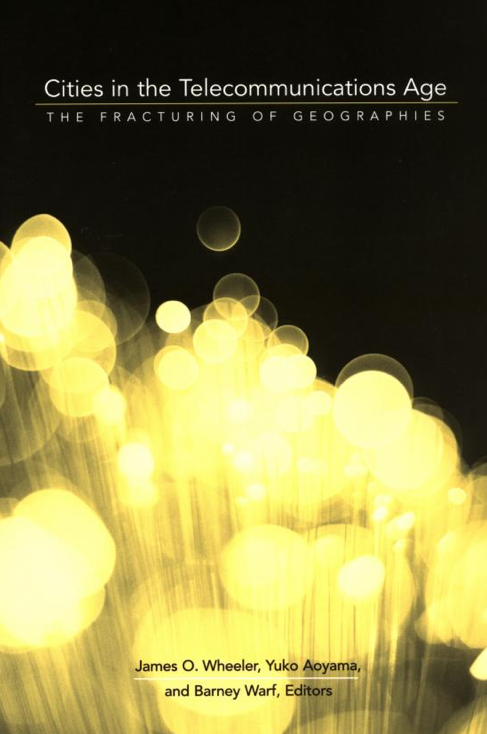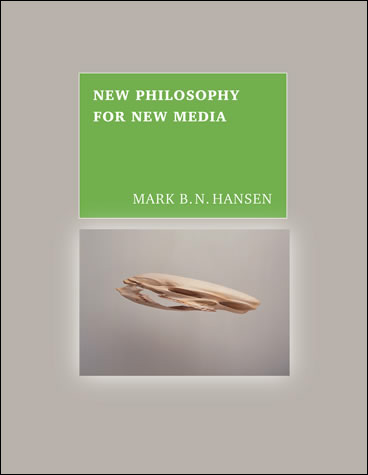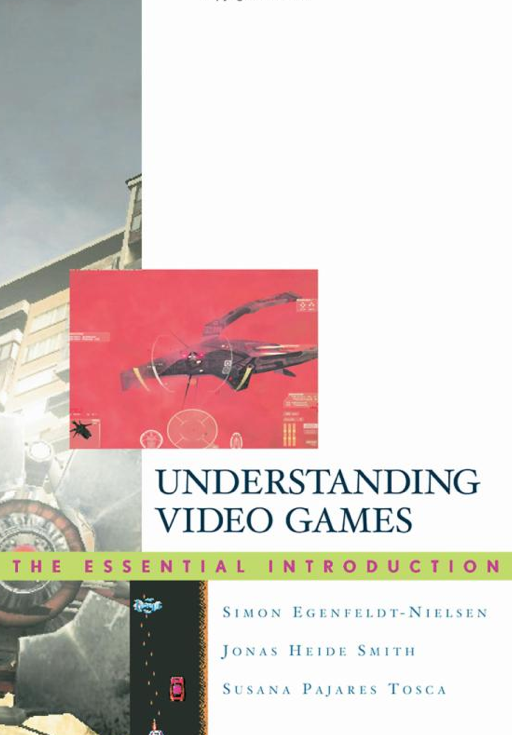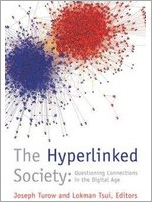Plusieurs ouvrages en lien avec les champs de recherche du Laboratoire NT2 sont maintenant disponibles pour consultation:
Turow, Joseph; Tsui, Lokman (2008). The Hyperlinked Society: Questioning Connections in the Digital Age. : Michigan University Press, 328 p.
"Links" are among the most basic—and most unexamined—features of online life. Bringing together a prominent array of thinkers from industry and the academy, The Hyperlinked Society addresses a provocative series of questions about the ways in which hyperlinks organize behavior online. How do media producers' considerations of links change the way they approach their work, and how do these considerations in turn affect the ways that audiences consume news and entertainment? What role do economic and political considerations play in information producers' creation of links? How do links shape the size and scope of the public sphere in the digital age? Are hyperlinks "bridging" mechanisms that encourage people to see beyond their personal beliefs to a broader and more perse world? Or do they simply reinforce existing bonds by encouraging people to ignore social and political perspectives that conflict with their existing interests and beliefs?
This pathbreaking collection of essays will be valuable to anyone interested in the now taken for granted connections that structure communication, commerce, and civic discourse in the world of digital media.
(Source: http://www.press.umich.edu)
Aoyama, Yuko; Wheeler, James O.; Warf, Barney L. (1999). Cities in the Telecommunication Age. The Fracturing of Geographies. New York: Routledge, 360 p.

With penetrating insight into urban cyberspace and the challenges and implications for urban planning in the age of telecommunications, Cities in the Telecommunications Age brings together the latest research on how changes and innovations in the economic system are being fueled by networks of telecommunicators. The contributors provide illuminating case studies of how communications technologies have brought about the restructuring of cities, such as Atlanta, Phoenix, and Sunderland, England. Topics covered include: the geography of Internet real estate, the U.S. Telecommunications Act of 1996, commuting choices, and cellular telephone systems.
(source: www.routledge.com)
Hansen, Mark (2006). New Philosophy for New Media. Cambridge: Massachusetts Institute of Technology Press, 333 p.

In New Philosophy for New Media, Mark Hansen defines the image in digital art in terms that go beyond the merely visual. Arguing that the "digital image" encompasses the entire process by which information is made perceivable, he places the body in a privileged position—as the agent that filters information in order to create images. By doing so, he counters prevailing notions of technological transcendence and argues for the indispensability of the human in the digital era. Hansen examines new media art and theory in light of Henri Bergson's argument that affection and memory render perception impure—that we select only those images precisely relevant to our singular form of embodiment. Hansen updates this argument for the digital age, arguing that we filter the information we receive to create images rather than simply receiving images as preexisting technical forms. This framing function yields what Hansen calls the "digital image." He argues that this new "embodied" status of the frame corresponds directly to the digital revolution: a digitized image is not a fixed representation of reality, but is defined by its complete flexibility and accessibility. It is not just that the interactivity of new media turns viewers into users; the image itself has become the body's process of perceiving it.
(source: mitpress.mit.edu)
Egenfeldt-Nielsen, Simon; Smith, Jonas; Tosca, Susana (2008). Understanding Video Games. : Routledge, 304 p.

From Pong to PlayStation 3 and beyond, Understanding Video Games is the first general introduction to the exciting new field of video game studies. This textbook traces the history of video games, introduces the major theories used to analyze games such as ludology and narratology, reviews the economics of the game industry, examines the aesthetics of game design, surveys the broad range of game genres, explores player culture, and addresses the major debates surrounding the medium, from educational benefits to the effects of violence.
(source: www.routledge.com)

